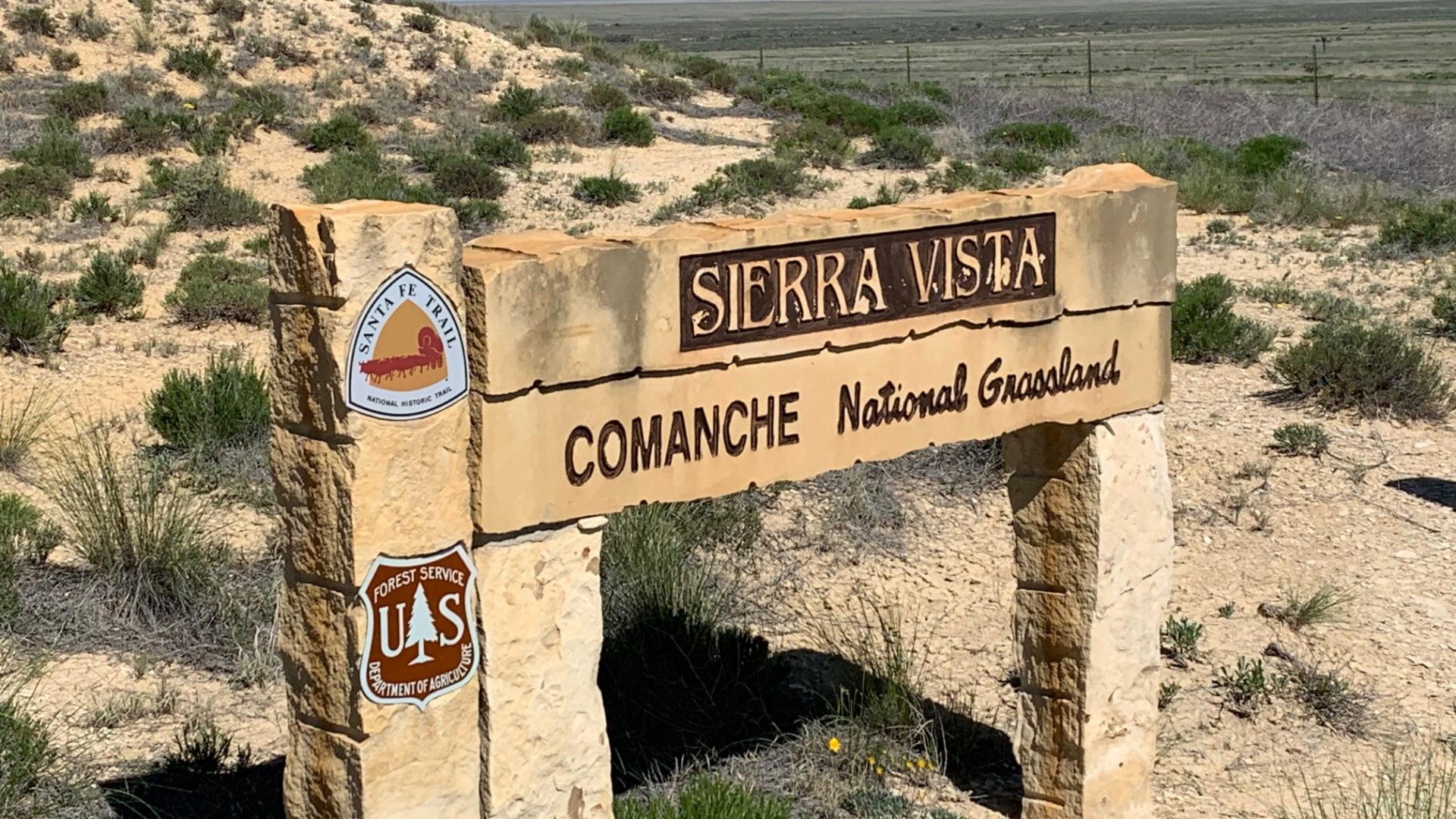
- Body
Overview
In 1872, Yellowstone became the first national park. Protected for its unique natural beauty, it was only the first of what would eventually become a system of 419 national parks and historic sites managed by the NPS. The NPS is different from the USFS and BLM in that its mission is not multiple use. Rather, the NPS is tasked with keeping land under its management “unimpaired for future generations.” This means that the NPS has an explicit preservation mission, in contrast to the conservation and sustainability missions of the USFS and BLM. As a result, most resource development activities, including livestock grazing, are not allowed in national parks except under exceptional circumstances.
The US Fish and Wildlife Service (FWS) is also different from the USFS and BLM. Its mission is to conserve, protect, and enhance fish, wildlife, plants, and their habitats for the continuing benefit of the American people. This mission is achieved through the acquisition and management of wildlife refuges and enforcement of the provisions of the Endangered Species Act (ESA) of 1973. Many of the earliest refuges were human-made wetlands to replace natural wetlands lost to agriculture. These wetlands provided habitat for imperiled migrating waterfowl. Today, there are 567 national wildlife refuges across the country and 2,531 species (Animals, invertebrates, and plants) listed as threatened or endangered under the Endangered Species Act. Although, livestock grazing is generally excluded from national wildlife refuges to protect wildlife habitat, some FWS locations that still have grazing and agriculture (Loomis 2002). There are also cooperative agriculture opportunities that are announced for participation by local landowners (see https://www.fws.gov/refuges/get-involved/landowners/cooperative-agriculture.html and https://www.fws.gov/policy/620fw2.html). Because of the way the law was written to establish the FWS reserve system, other extractive things could occur there, such as drilling for oil in the Arctic National Wildlife Refuge. Or another example, a new executive rollback that allows hunting of predators on both refuges and national parks https://eelp.law.harvard.edu/2020/05/hunting-in-national-preserves-and-wildlife-refuges-in-alaska/.
The Endangered Species Act applies to all lands and makes harming a threatened or endangered species on public or private land illegal. As a result, the ESA is one of the most important laws ranchers and other public lands users are likely to encounter. However, the FWS has policy mechanisms and economic incentives that aid private landowners and public lands users (e.g. grazing) to help avoid an illegal taking of an endangered species (see Outside Resources - Working Together for further information). The process of collaborative conservation strategies is one tool the FWS uses to prevent listing at risk species such as the greater sage grouse.
NPS land map: https://nationalmap.gov/small_scale/printable/images/pdf/fedlands/NPS_1.pdf
USFWS land map: https://nationalmap.gov/small_scale/printable/images/pdf/fedlands/FWS_1.pdf
Additional Links
Further Reading
- Langpap, C., Kerkvliet, J., and Shogren, J.F. 2018. The Economics of the U.S. Endangered Species Act: A Review of Recent Developments. Rev Environ Econ Policy 12(1): 69–91. Oxford Academic. doi:10.1093/reep/rex026.